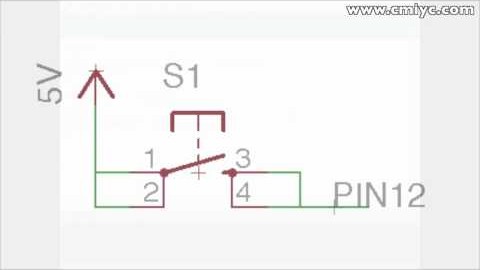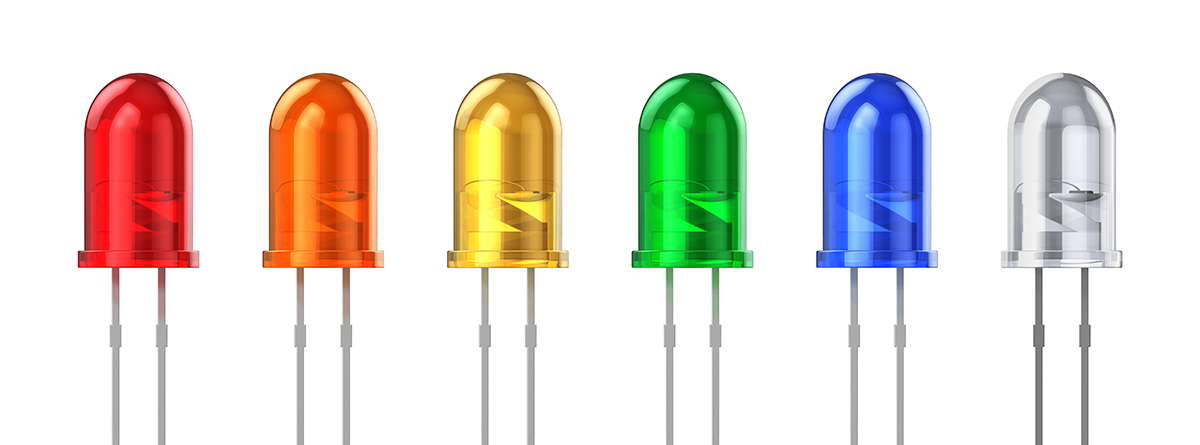The fifth episode of AddOhms tackled the difference between AC and DC. One of the things I wanted to stress in this tutorial is that even though the acronyms stand for “current”, they get used to describe voltages as well. Which, after a video on the difference between voltage and current, seemed like something that needed to be stated.
No behind the scenes for this one, just the finished video.





